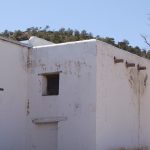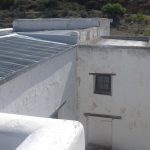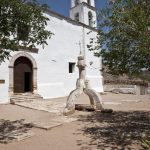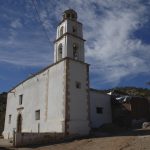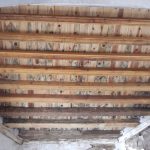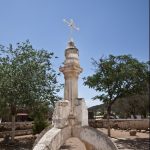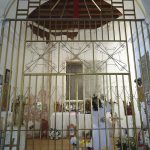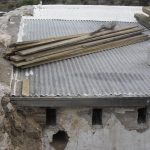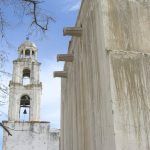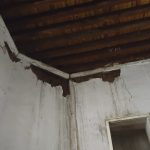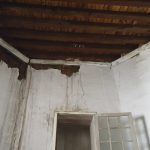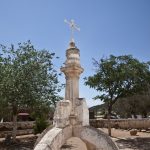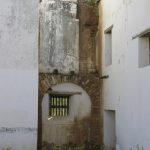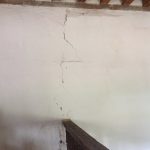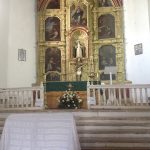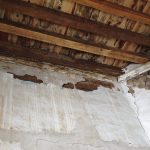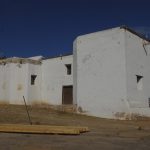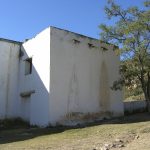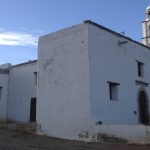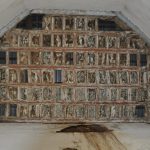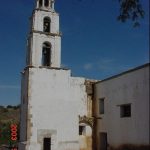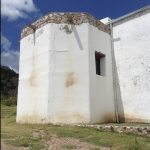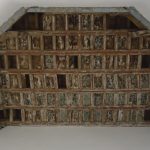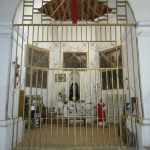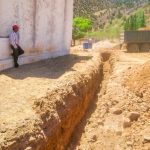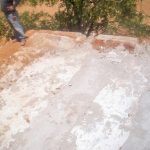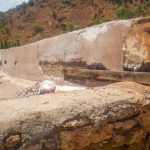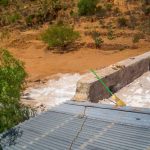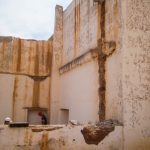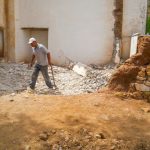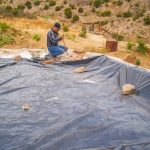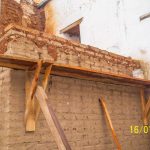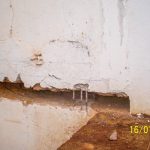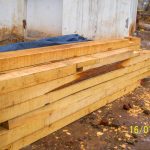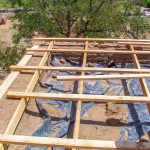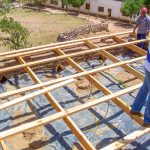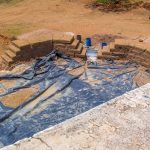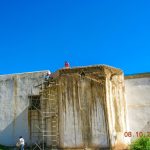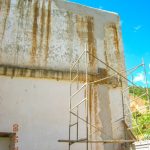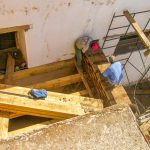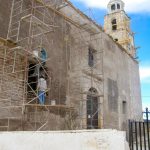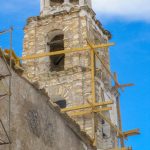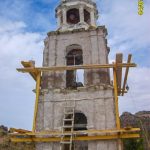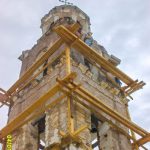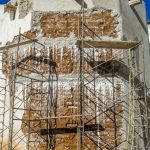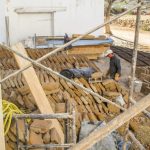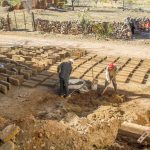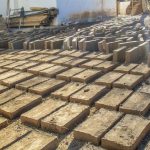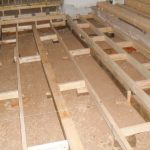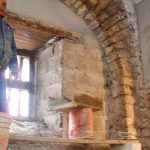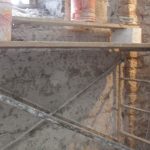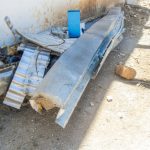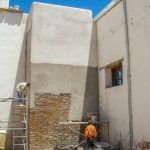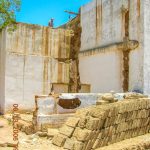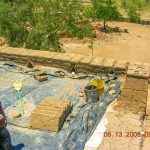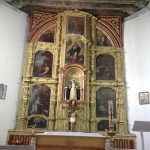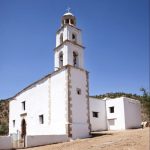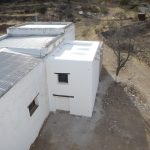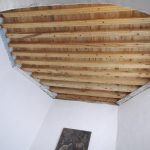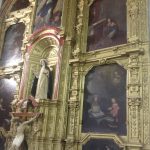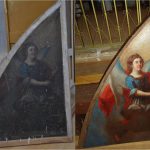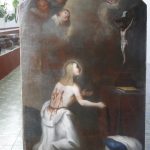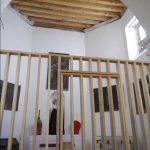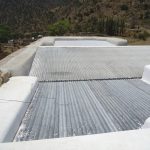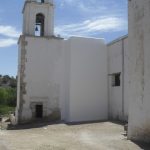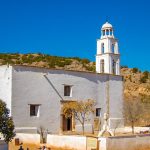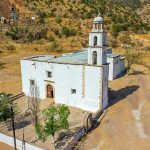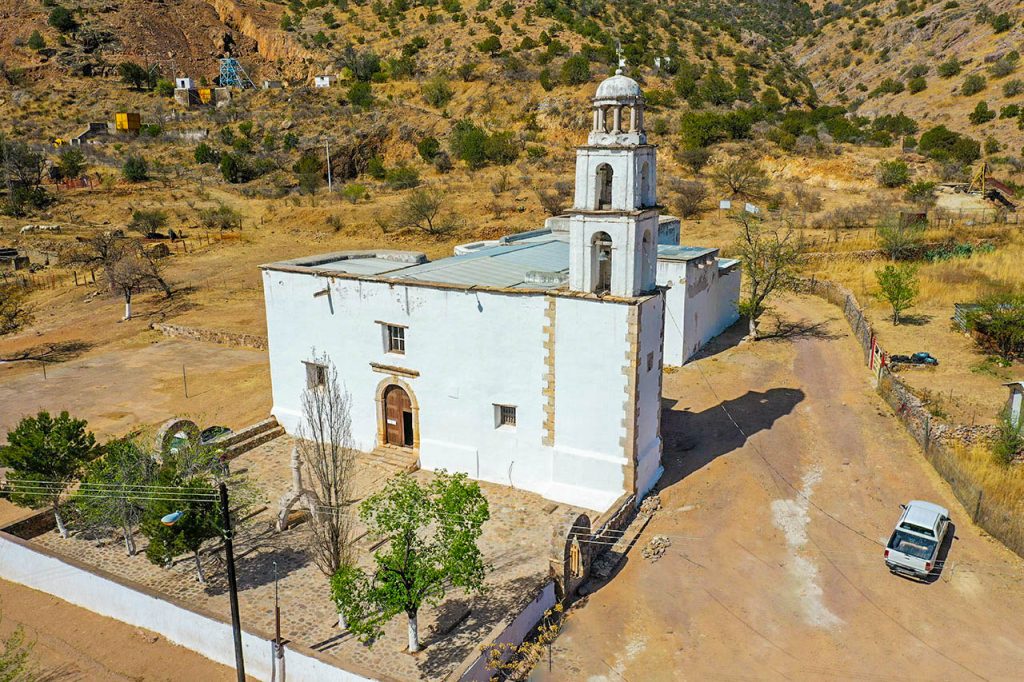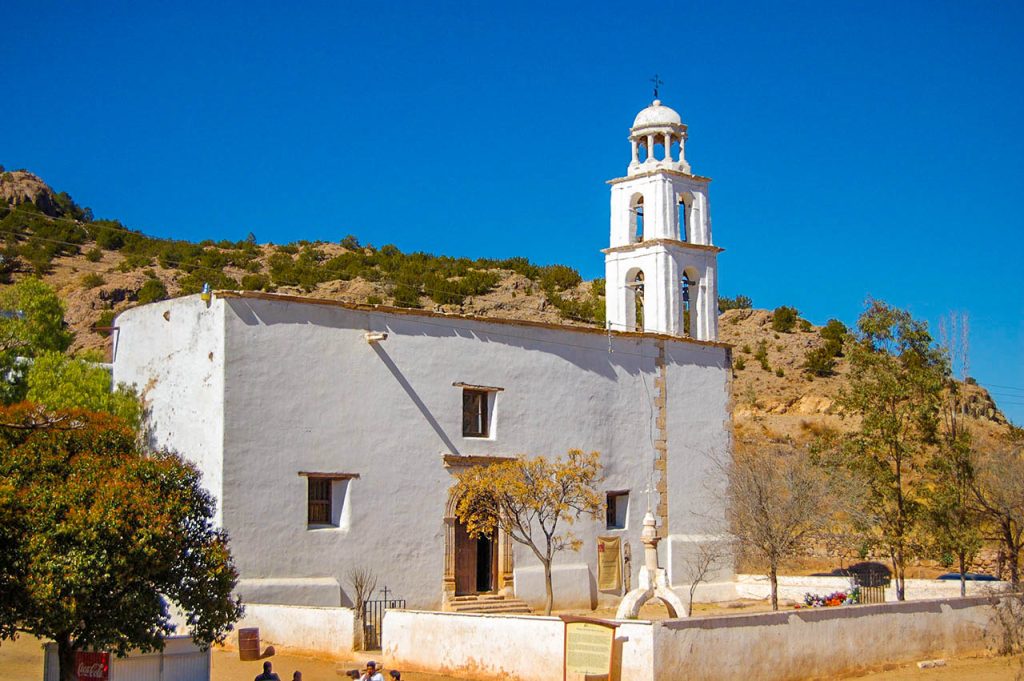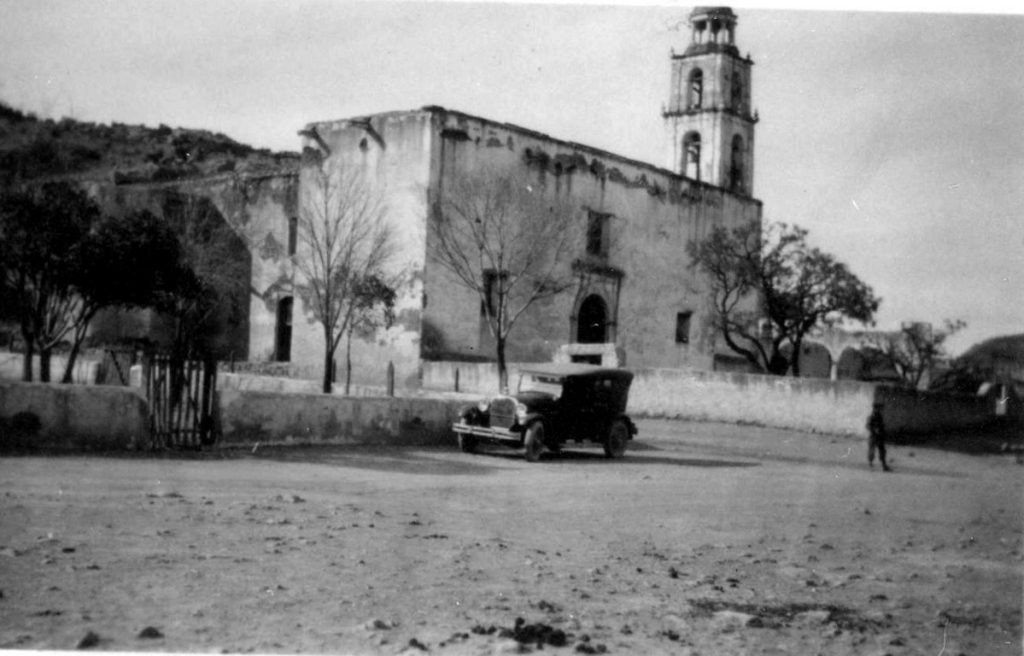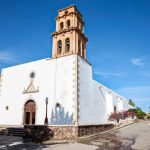Santa Rosa de Lima – Cusihuiriachi
Santa Rosa de Lima
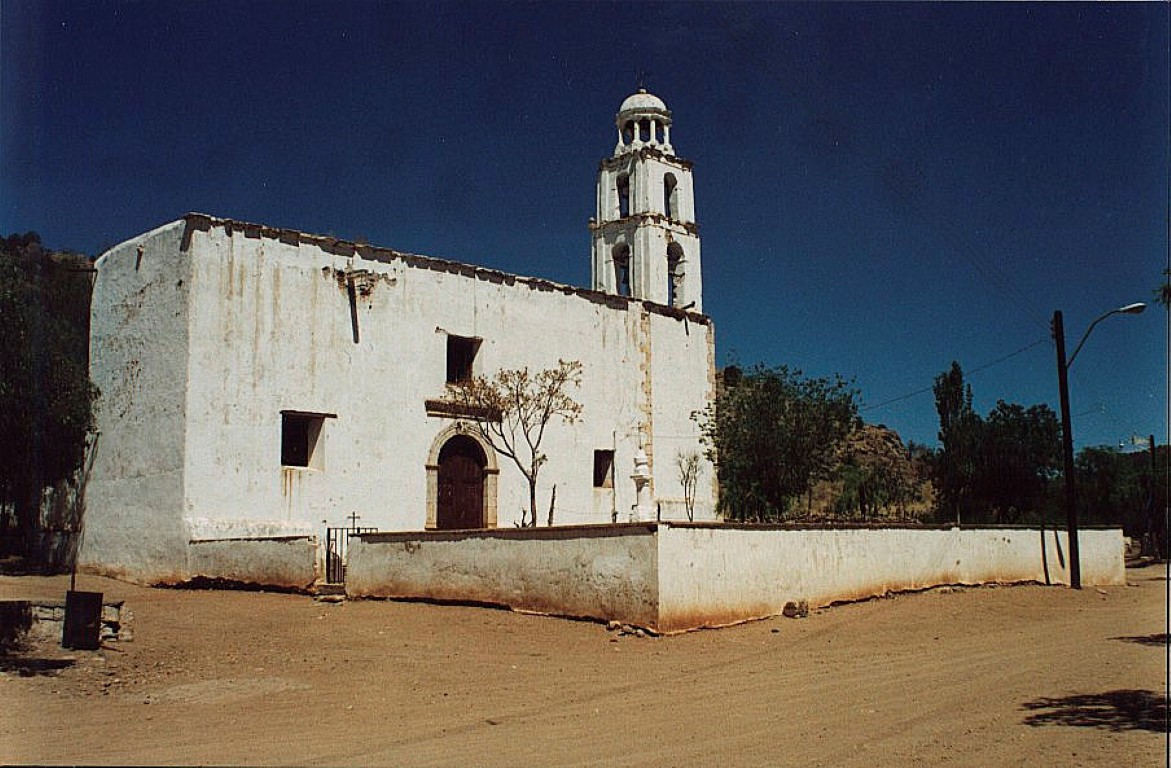
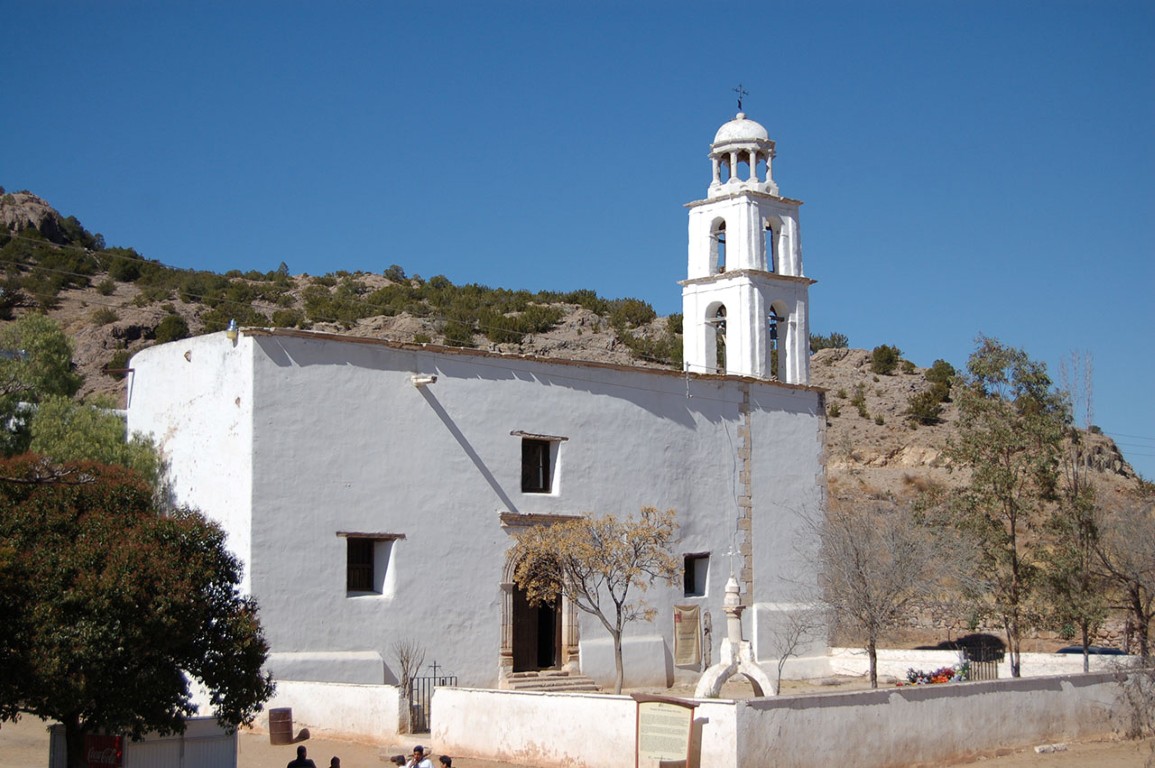
In 1687, the mineral deposits of Cusihuiriachi were discovered, and by 1688 it was established as an Alcaldía Mayor, exercising control over all of the Upper Tarahumara. The Royal Mining Town of Santa Rosa de Cusihuiriachi quickly became one of the most important mines in the northwest of the state, attracting many Spaniards and Creoles to the area. Years later, the mining deposits of Santa Eulalia were discovered, and many of Cusihuiriachi’s prominent miners moved there. Some of them later founded San Francisco de Cuéllar, which eventually led to the establishment of the city of Chihuahua; notable figures include Antonio de Montes, Juan Antonio Trasviña y Retes, Eugenio Ramírez Calderón, and Nicolás Estrada Bocanegra, among others. In addition, Cusihuiriachi has been the birthplace of more contemporary figures, such as Dr. Salvador Zubirán de Anchondo.
(Information based on the book Del Chihuahua Colonial by Salvador Treviño).
Of the great architectural wealth that once existed in this place, only the Church of Santa Rosa de Lima remains—a survivor of the town’s abandonment and a testament to the greatness of Cusihuiriachi. Inside, it preserves invaluable artistic objects, most notably a magnificent main altarpiece adorned with 12 paintings dedicated to Saint Rose and signed by the renowned painter José de Alcíbar.
Royal mining town
18th
Cusihuiriachi
Cusihuiriachi
Immovable property, movable property
Adobe
Pitched roof
Latin cross
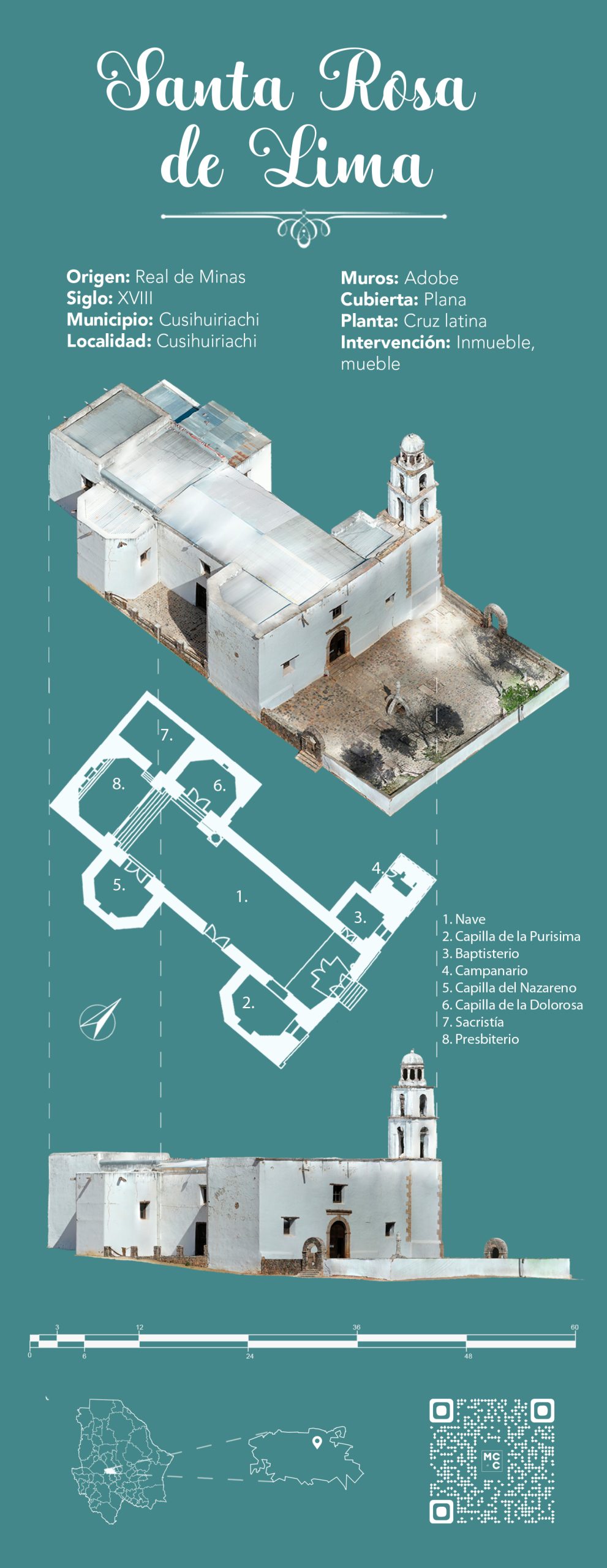
Due to the magnitude of this temple, the lack of resources, and its severe damage—especially to the roofs—between 2006 and 2008, small restoration phases were carried out, focusing on reducing water leaks from the roof and repairing some damage to the walls. In 2010, the Chapel of San Juan was restored, a fracture in the Chapel of El Nazareno was consolidated, and its exterior plaster was replaced. In 2011, during the sixth phase, the roof of the Chapel of La Purísima and its interior plaster were restored. In 2012, the Chapel of El Nazareno and its exterior walls were intervened, and in 2015, the Chapel of La Dolorosa underwent intervention. Currently, an interdisciplinary project aimed at determining the causes of the movements affecting the temple and counteracting them is about to be completed.
In November 2008, five canvases from the Main Altarpiece of the temple were restored, due to the deterioration of the paintings on the right side, which placed an important work by José de Alcíbar at risk. For this reason, funds were allocated to rescue the most damaged canvases. The canvases on the left side were restored between 2010 and 2012.
INVERSION $2,067,000.00 MXN
PHASE I $392,000.00 (2006)
Consolidation of walls, removal of harmful vegetation adjacent to the temple, construction of a perimeter absorption channel, reconstruction of the Chapel of San Juan, and intervention of the roofs of the Chapel of La Dolorosa and the presbytery.
- CONACULTA/FOREMOBA
- Government of the State
- City Hall of Cusihuiriachi
PHASE II $135,000.00 (2007)
Intervention of facade and tower.
- “Colonial Missions” program with SECTUR.
- Government of the State of Chihuahua
- City Hall of Cusihuiriachi
PHASE III $410,000.00 (2008)
Restoration of 5 canvases of the altarpiece.
- CONACULTA/FOREMOBA
- Private Donation.
- City Hall of Cusihuiriachi
- Community and Parish
PHASE IV $120,000.00 (2010-2012)
Restoration of 4 canvases of the altarpiece.
- Community and Parish
PHASE V $250,000.00 (2010)
Restoration of the Chapel of San Juan.
- “Colonial Missions” program with SECTUR.
- Government of the State of Chihuahua
- City Hall of Cusihuiriachi
PHASE VI $110,000.00 (2011)
Restoration of the Chapel of the Immaculate Conception
- CONACULTA/FOREMOBA
- City Hall of Cusihuiriachi
PHASE VII $150,000.00 (2012)
Restoration of the Chapel of the Nazarene
- CONACULTA/FOREMOBA
- City Hall of Cusihuiriachi
PHASE VIII $500,000.00 (2015-2016)
Restoration of the Chapel of La Dolorosa and the execution of geological, environmental, and structural studies as part of an interdisciplinary project that will serve as a basis for obtaining funds for the comprehensive restoration of the monument. Restoration of the Chapel of La Dolorosa.
- Federal Expenditure Program (PEF) 2016–250
Mr. Socorro Molinar has been in charge of safeguarding and conserving the temple for over 30 years; he has also been responsible for securing funds for various interventions and carrying out certain adaptations. The local community is very transient, and according to the 2010 census, it counted 64 people, which has made it difficult to gather sufficient resources for a comprehensive intervention.
On-site contact:
Sr. Socorro Molinar (Sacristán del templo)
(625) 581 03 06 caseta


